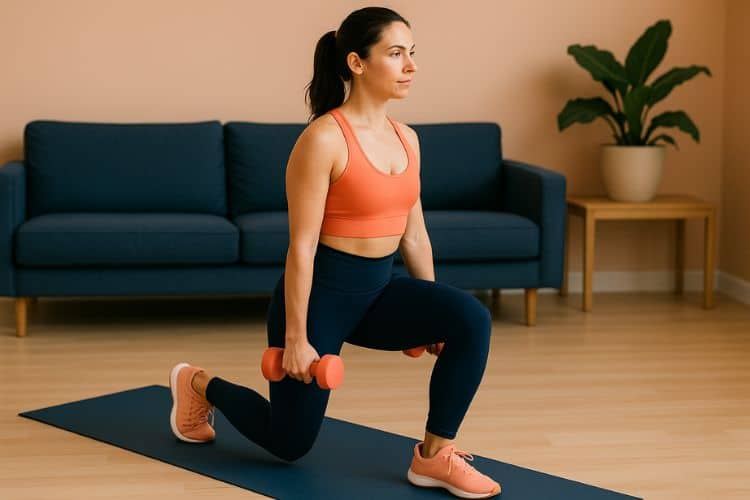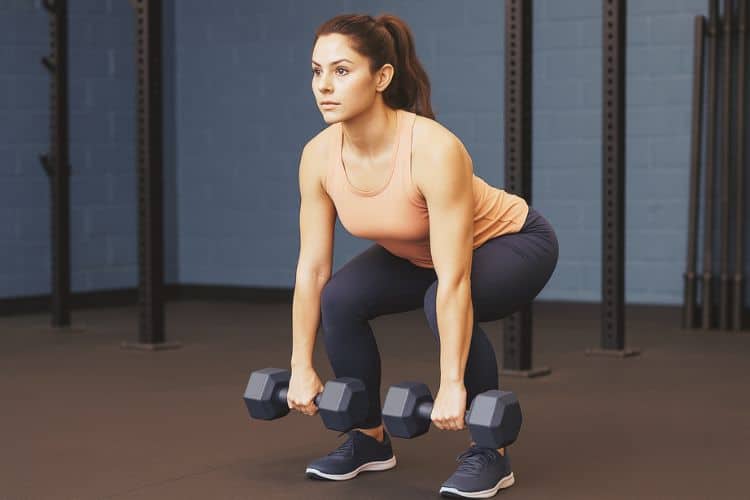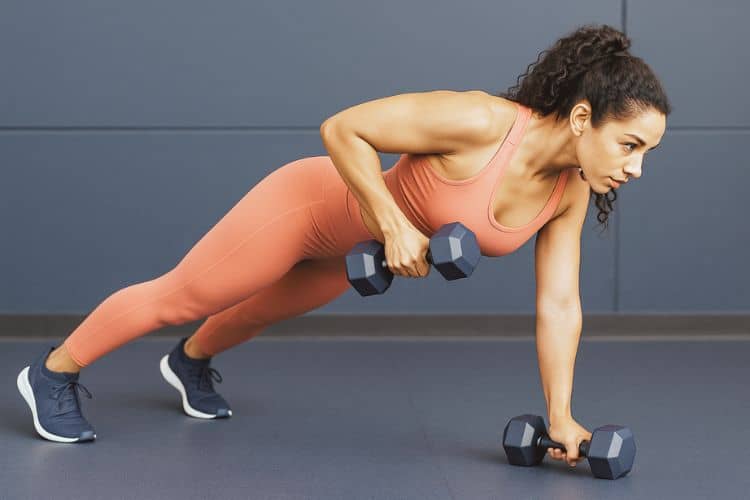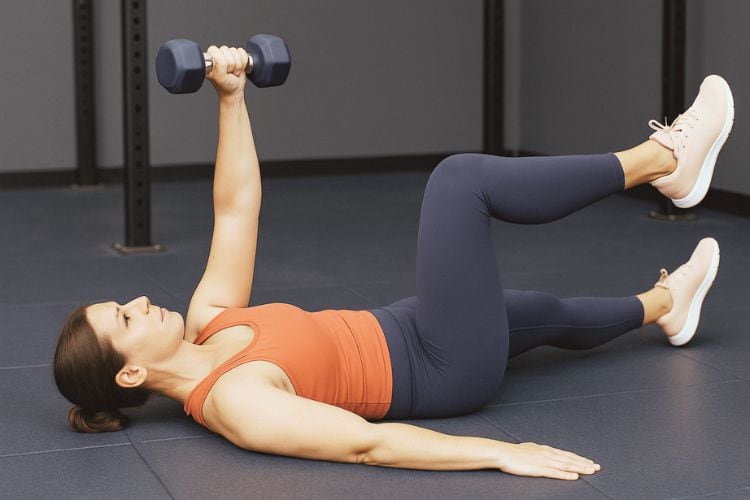Sign up for workout ideas, training advice, reviews of the latest gear and more.






Are you ready to kickstart your fitness journey without needing expensive gym memberships or bulky equipment? A bodyweight workout plan for beginners is the perfect solution. With just your body and a little motivation, you can build strength, burn fat, and increase flexibility from the comfort of your home. This guide will walk you through everything you need to know to begin a successful bodyweight training program—even if you’ve never exercised before.
Bodyweight exercises use your own mass as resistance to challenge your muscles. These movements are simple yet incredibly effective. Here are some compelling benefits:
Bodyweight workouts form the foundation of calisthenics and are widely used in military, athletic, and rehabilitation programs. Whether your goal is to lose weight, tone up, or build a consistent routine, bodyweight training is a smart and sustainable starting point.
Before diving into a new routine, define your goals. Are you aiming for:
Having a clear goal helps tailor your workout plan and keeps you motivated. For beginners, we recommend starting with 3 to 4 workout sessions per week, focusing on full-body routines that combine strength, cardio, and mobility.
This beginner bodyweight program is designed to be simple, effective, and progressive. It builds a strong foundation of fitness by targeting all major muscle groups, improving coordination, and boosting endurance.
| Day | Focus |
|---|---|
| Monday | Full Body Strength |
| Tuesday | Active Recovery or Rest |
| Wednesday | Lower Body & Core |
| Thursday | Rest |
| Friday | Upper Body & Core |
| Saturday | Cardio + Mobility |
| Sunday | Rest or Light Stretching |
Let’s break down each session with examples and tips.
Start your week strong with a full-body strength circuit. Perform 2–3 rounds with 30 seconds rest between exercises.
Workout:
Tips:
Focus on form over speed. Keep your core engaged, especially during planks and push-ups.
Lower body workouts strengthen your glutes, quads, hamstrings, and core—all critical for posture and balance.
Workout:
Tips:
Support your lower back during core exercises. Start with bent knees if straight-leg raises are too difficult.
A strong upper body enhances posture, reduces neck/back pain, and improves confidence.
Workout:
Tips:
If regular push-ups are hard, begin with incline or knee push-ups to reduce resistance.
This session boosts your heart rate and enhances joint flexibility.
Workout:
Tips:
Always warm up first with light marching or gentle arm swings. Focus on smooth breathing during stretches.
Once you’ve built a foundation, it’s time to increase volume, duration, and intensity.
Repeat the earlier workout with these modifications:
Enhance intensity with these tweaks:
Increase reps or add slow tempo for time under tension:
Add new movements:
Start every session with a warm-up to increase heart rate and prevent injury.
Warm-Up Routine:
Always finish with static stretching to reduce soreness and improve flexibility.
Cool Down Routine:
Training is only part of the equation. Fueling your body with nutritious food ensures you recover well and gain strength.
Include:
Avoid skipping meals or relying on processed snacks—especially when building a new routine.
Start slow, stay patient, and prioritize form. Consistency always beats intensity in the long run.
Weight isn’t the only indicator of fitness. Here are ways to measure improvement:
Keep a fitness journal or use a free app to track your sessions and progress.
Yes. Combining strength training with cardio-focused bodyweight movements boosts calorie burn, especially when paired with a balanced diet.
Start with wall push-ups or incline push-ups. Your strength will build over time. Progression is part of the process.
Most people feel stronger and more energetic within 2–3 weeks. Visible changes usually come after consistent effort over 4–8 weeks.
Beginners should train 3–4 times per week and prioritize rest to allow recovery. Overtraining can lead to injury and burnout.
A bodyweight workout plan for beginners is one of the most effective and accessible ways to begin your fitness journey. It requires no equipment, offers endless variations, and can be done anytime, anywhere. By starting with the basics, listening to your body, and staying consistent, you’ll not only build strength—you’ll build a lifestyle of health and movement.
Whether your goal is to lose weight, tone up, or simply feel more energetic, this plan provides the perfect entry point. So put on your workout clothes, find a space in your living room, and begin today. Your body—and your future self—will thank you.
Want more effective workouts?
Subscribe to our blog or follow us on Pinterest for new routines, challenges, and fitness tips!
Stay up to date on the latest women’s health, fitness and lifestyle trends and tips.